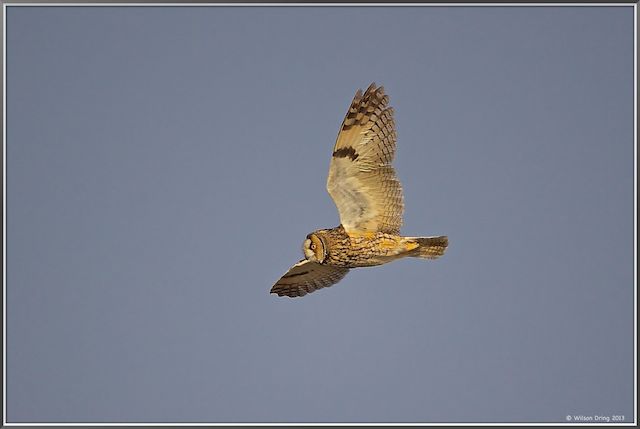Quote:
Original posted by Ronaldo at 4/12/2013 23:20
looks more like a short-eared owl, in my opinion... But I have not seen long-eared owl in flight


Original posted by Ronaldo at 4/12/2013 23:20
looks more like a short-eared owl, in my opinion... But I have not seen long-eared owl in flight
Original posted by Ronaldo at 5/12/2013 21:37
Bart, I think the features you mention depend on the owl. May be more pictures would clarify the extent of stripes on the belly. If you look at Oriental Bird pictures, it is not as obvious as you say. ...
| Welcome to HKBWS Forum 香港觀鳥會討論區 (http://hkbws.org.hk/BBS/) | Powered by Discuz! 6.0.0 |